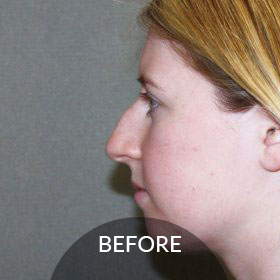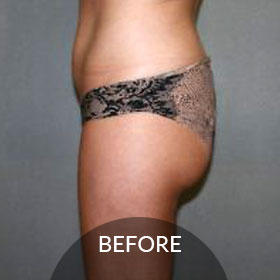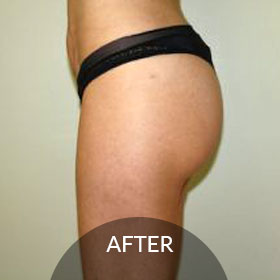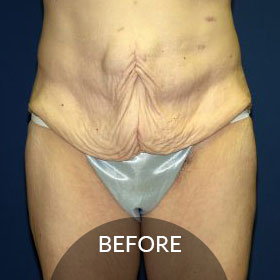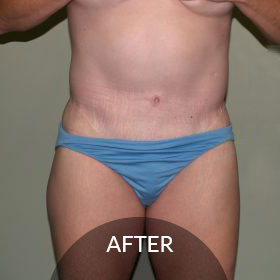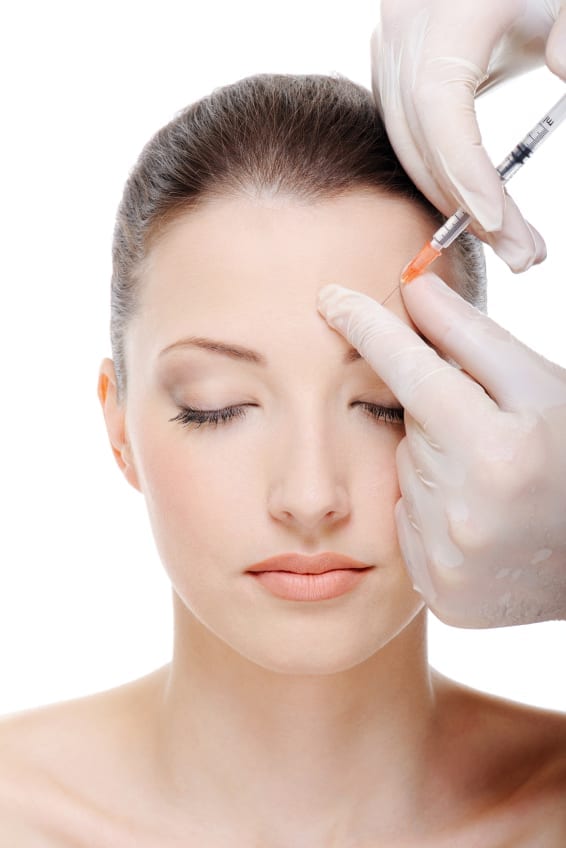Botox is so popular, such a household name, that it’s often assumed it has been around forever. And it has been around for decades, but not for the uses that have made it king of the aesthetic universe. Long before it was battling crow’s feet and the 11s, Botox was battling migraine headaches, involuntary eyelid spasms, TMJ symptoms, and other conditions.
But Botox really went into the stratosphere in 2002. That was the year the FDA approved Botox for the cosmetic treatment of wrinkles and lines. Ever since, it has become a household name. Really, Botox is more famous than most of the famous faces in Hollywood who use it to keep some of the signs of aging at bay.
Why is Botox so yuuuuuge as Trump would say? Because it works, pure and simple. Botox works on what are called dynamic wrinkles, wrinkles that are formed by muscle contractions. Dynamic wrinkles are things like crow’s feet, frown lines, stuff like that. But Botox isn’t the boss of static wrinkles. These are wrinkles that are there all the time and are caused by sun exposure, dry climates, and general aging of the skin. Botox has no effect on static wrinkles. Static wrinkles can be addressed with dermal fillers. Dr. Fedele offers both of these injectables.
So, how does Botox work on dynamic wrinkles?
As their name implies, dermal fillers “fill” in the wrinkle from beneath. They are injected into the skin below the wrinkle and push up the depression.
Botox works in an entirely different manner, instead targeting the muscles that create wrinkles. Botox is called a neurotoxin. It is actually made from the botulinum toxin type A, the same bacteria that cause botulism. Decades ago scientists discovered that the botulinum toxin, when used in very small amounts, can temporarily paralyze a muscle. It does this by blocking the signals from the nerve to the brain. Without those messages, the brain doesn’t tell the muscle to contract.
Certain behaviors such as squinting and frowning involve muscles that contract to form the expression. This is particularly true on the upper third of the face, particularly those around the eyes. Over time as your skin ages and loses some of its elastin and suppleness, these contractions cause wrinkles to show on the skin surface when those muscles contract. Botox blocks those muscles from contracting, so the wrinkles either disappear or are dramatically reduced.
When opting to have Botox injections, however, it is important to choose a doctor thoroughly versed in facial anatomy, such as Dr. Fedele, because Botox injected into the wrong muscle or injecting too much Botox can create problems such as a droopy eyelid.
Botox results generally last around four months. At that point, the muscles will start contracting again and the wrinkles will return. That’s when it is time to schedule another Botox session with Dr. Fedele. Call us at 216-464-1616 to make your appointment.




